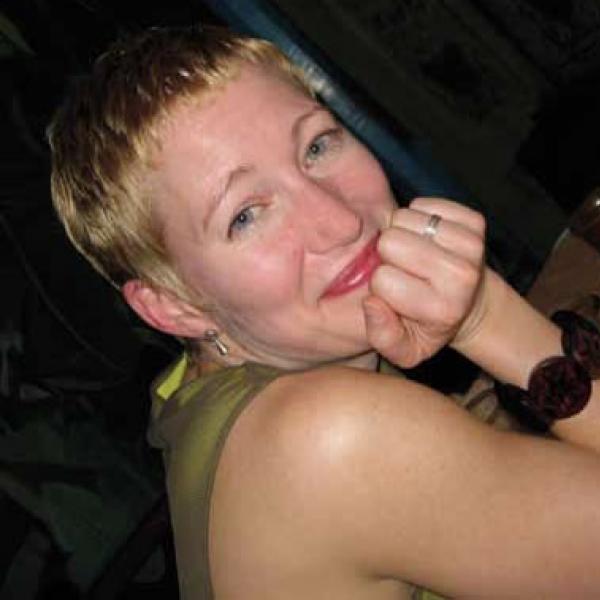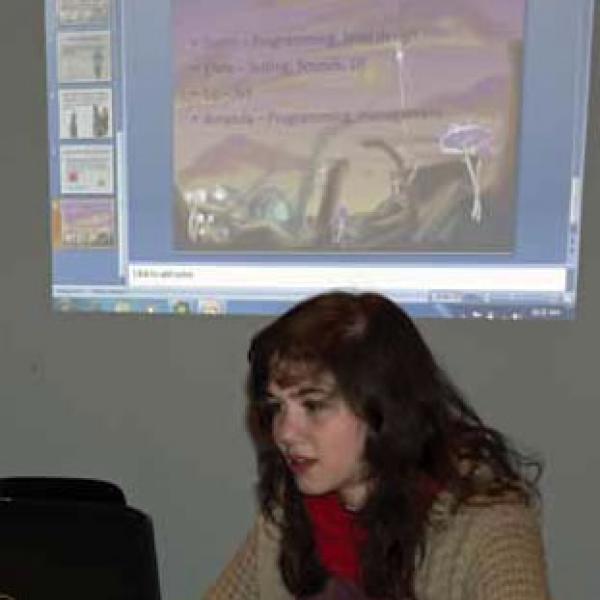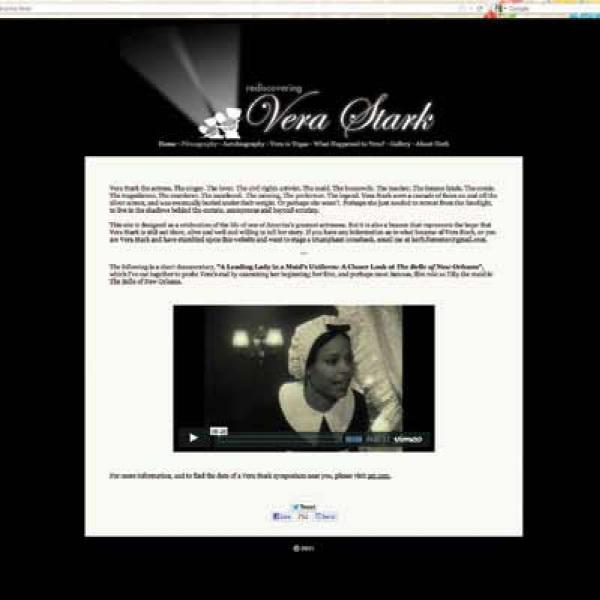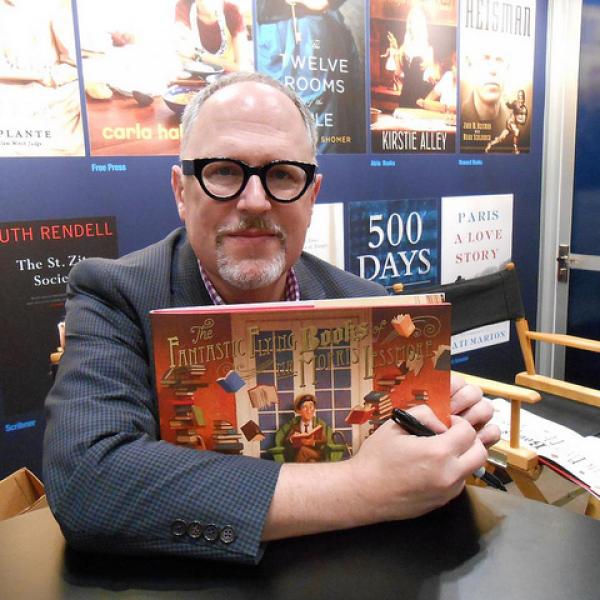Embracing Digital
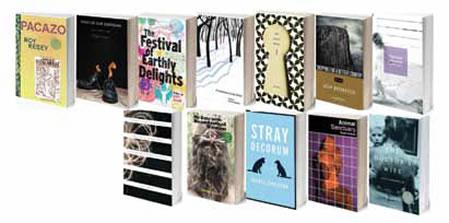
As printed pages are increasingly traded in for digitized screens, the very basics of publishing are being turned on their heads. Jacket copy is now replaced by metadata, downloads are quickly taking the place of print runs, and a book that once took a year-and-a-half to publish can now be released within six months.
“What protected the book business was the expertise needed to make books and distribute them,” said Mike Shatzkin, a longtime consultant for the publishing industry. “If the book is not critical and the distribution is not critical, then what value does the book publisher bring to the party?”
It’s a question that many publishers are grappling with as they struggle to find their role in the digital age. With the development of new technologies, both print and electronic publishers have been experimenting with strategies for how to best make their presence known in a changed marketplace. While this has proven tumultuous for many publishing houses large and small alike, it has also created a rash of new possibilities—not just for publishers, but for authors and readers as well.
The relative speed of publishing an e-book has allowed for an explosion of new material for readers to consume—and an explosion of new opportunities for both emerging and established authors to quickly get their work into readers’ hands. Social media has narrowed the distance between authors and their reading public, and has created new ways for publishers to engage with prospective customers.
One publisher that has moved to embrace the possibilities of digital is Dzanc Books, an NEA grantee based in Michigan. When Dan Wickett and Steven Gillis launched the not-for-profit print publishing house in 2006, neither even owned an e-reader. But the pair realized relatively quickly that publishing eeditions concurrently with their print counterparts would soon become a necessity. It was a prescient realization: the Association of American Publishers reported that in 2011, e-books became the single most popular format for reading adult fiction, Dzanc’s primary genre.
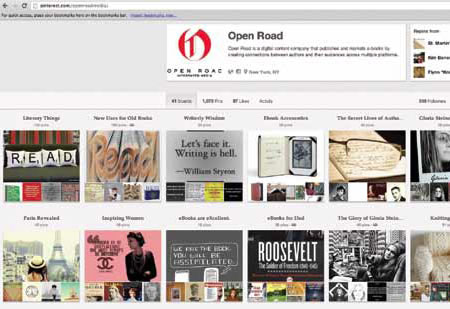
“It’s another avenue for us to find readers for our authors, which is what we’re trying to do,” said Wickett. Several years later, Dzanc created yet another way for readers to access its titles with the Dzanc Books eBook Club, which sends subscribers a new e-book from the Dzanc catalogue on the first of every month.
Other publishers are toying with ways to bypass print altogether. HarperCollins recently launched a short-form young adult digital imprint called HarperTeen Impulse, and in November, Random House announced the creation of three new digital imprints: Flirt, Hydra, and Alibi, which will publish young adult, science-fiction, and mystery titles respectively.
The decision by Random House to start the new imprints was “really an issue of consumer demand,” said Allison Dodson, director of Flirt, Hydra, and Alibi. Readers of mystery, sci-fi, and YA often tear through books, which are usually quickly paced and often serialized. “[The new imprints] are a great opportunity for readers, because this content is very accessible, in terms of just being able to purchase it,” she said.
E-publishing has also opened new doors for older titles, and have turned them into a business all their own. One such success story can be found in Open Road Integrated Media. Founded in 2009 by publishing executive Jane Friedman and filmmaker Jeffrey Sharp, the e-publisher specializes in digitizing and marketing authors’ backlists, which are books that have been in print for a year or longer. While some backlisted books do perennially good business—sayCatcher in the Rye or To Kill A Mockingbird—lesser-known books often get bumped from a bookstore’s shelves in favor of the “frontlist,” new books that tend to dominate reviewers’ and readers’ attention, as well as publishers’ advertising dollars.
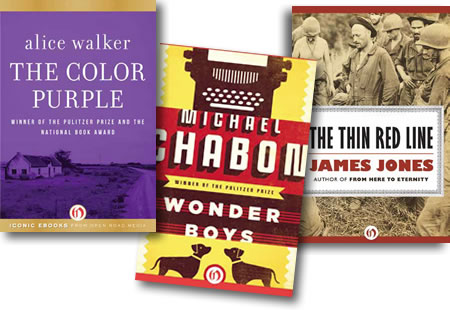
Alice Walker’s The Color Purple, James Jones’ The Thin Red Line, and Michael Chabon’s The Wonder Boys are some of the titles that Open Road Integrated Media has digitized for a new audience. Images courtesy of Open Road
But free from concerns of shelf space, e-tailers are able to stock as many digital titles as are available, no matter when the book was first published or how well it is expected to sell. Friedman said that many of the books she works with have “lost their way,” even though they’re not actually out of print. “[A book] doesn’t have to disappear physically, but it disappears in the mindset when everybody is busy focusing on the frontlist,” she said.
The company has published close to 3,000 titles, producing roughly 200 books a month, and their stable of authors ranges from well-known names such as Alice Walker, Michael Chabon, and Pat Conroy, to popular mystery, sci-fi, and how-to writers. It has even secured the holy grail of publishing: a bestseller. Last April, to coincide with the 100th anniversary of the sinking of the Titanic, Open Road released the e-edition of A Night to Remember, the classic story that commemorated the ship’s sinking. Although it first appeared in print in 1955, the book managed to reach the #1 spot on the New York Times nonfiction e-book list.
At Dzanc Books, the rEprint series has also given new life to books that are either out of print or out of mind. One of the not-for-profit’s forthcoming titles isWomen and Men by Joseph McElroy, first published in 1993. On Amazon andBarnesandNoble.com, the 1,100-page novel starts at $175. Wickett said that their digital edition will be available for somewhere in the $10 range.
News of this drastically reduced price was recently shared on GoodReads.com, the world’s largest social media site for book lovers, where a group devoted to Women and Men already exists. Both Wickett and Gillis have been interacting with group members, notifying them of their current and upcoming digital McElroy titles, and even gauging the interest in a limited print run of Women and Men. It’s a brilliant example of how technology has not only enabled publishers to better understand their audience, but has allowed readers to build a community of their own.
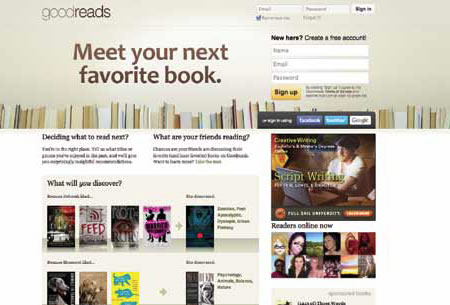
“There might not be a ton of fans of post-modern writers living in Westland, [Michigan,] near me that I can find to hang out with and talk about McElroy,” Wickett said. “But online I can find those communities. I can actually read an 1,100-page book at the same time as 200 other people and have everyone bounce their ideas off each other as opposed to reading out there almost in the wilderness alone.” Open Road also relies heavily on social media to spread the word about its books, and has staked a presence on Facebook, Twitter, Pinterest, Tumblr, and YouTube. While these are clearly 21st-century tools for allowing readers to interact with the publisher, authors, and each other, Friedman pointed out that in some ways, the publishing industry has always relied on similar methods.
“Social media is in so many ways word of mouth, which is the way we always sold books,” she said. “It was much better than review coverage, much better than media coverage. If a friend recommended a book to you, you bought it. That’s what social media has now done, just using technology. It is actually just a reformatting of what a suggestion by a friend has been.”
The final story on e-publishing is not yet out, of course, and as publishers keep experimenting, opportunities for readers and writers will likely continue to evolve. After all, it is still just the beginning of the Digital Age.
“On one hand I feel like we’ve been doing this for 100 years,” said Friedman of her e-publishing work. “We’re moving at triple speed, but we are still a new business. One has to get one’s head around it.”


